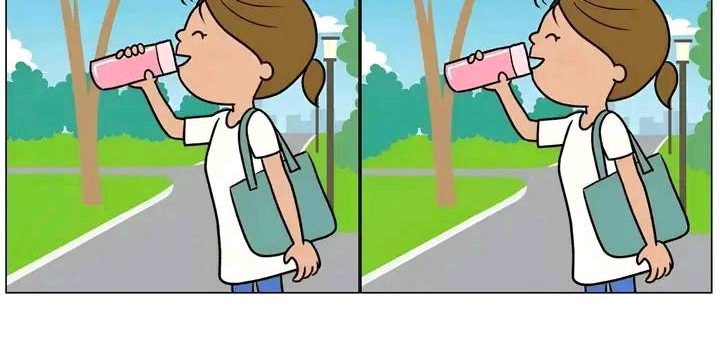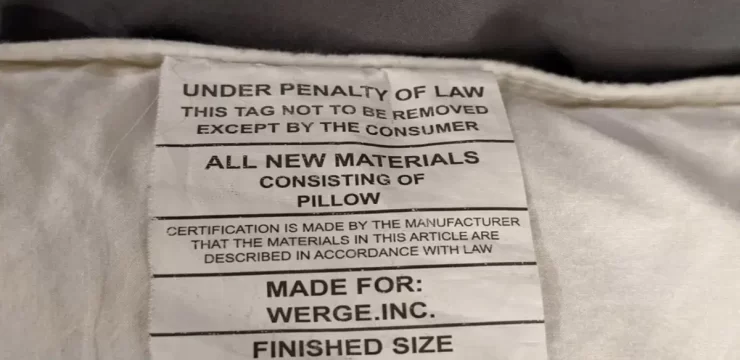Roundabouts are becoming a common sight on roads throughout the United States, and while some drivers appreciate their efficiency, others still approach them with caution or confusion.

But what exactly are roundabouts, and why are so many cities and towns choosing them over traditional intersections? These circular traffic designs are much more than just an alternative to stoplights and stop signs. Roundabouts represent a modern, smarter approach to making roads safer, cutting down on traffic delays, and reducing the environmental impact of driving.
As communities across the country adopt roundabouts, they’re changing the way people think about navigating intersections and improving safety at the same time. A roundabout, sometimes called a traffic circle or rotary, is a type of intersection where traffic flows in one direction around a central island. Vehicles move counterclockwise and enter the roundabout by yielding to cars already circulating within it. Unlike intersections controlled by stoplights or stop signs, roundabouts rely on this yield-at-entry rule to manage the flow of traffic. Cars enter and exit at gentle angles, not sharp corners, and that leads to slower vehicle speeds and smoother movement through the intersection. Many roundabouts also include pedestrian crossings, as well as splitter islands—small raised areas between lanes—to keep vehicles moving at safe speeds and give pedestrians a safer way to cross. Although roundabouts may feel like a new trend in the United States, they actually have a long history. Circular intersections date back to at least the 1700s, when cities like Bath in England and Paris in France incorporated them into their street designs. In America, Pierre L’Enfant added several circles to his plans for Washington, D.C.
But these early circles didn’t have the safety features we see today. The big breakthrough came in the 1950s when British engineers introduced yield-at-entry rules. This innovation meant drivers entering the roundabout had to give the right of way to traffic already circulating, which greatly reduced congestion and accidents. This concept quickly spread throughout Europe and Australia. By the 1990s, roundabouts began to gain popularity in North America, with the first modern roundabout built in Summerlin, Nevada, in 1990. Since then, the United States has constructed over 10,000 roundabouts. The primary reason roundabouts are gaining popularity with transportation engineers is safety.
Traditional four-way intersections, especially those managed by traffic lights or stop signs, are prone to serious accidents. These intersections typically have 32 conflict points, places where vehicles can cross paths or merge—creating the potential for collisions. One of the most dangerous types of crashes at these intersections is the right-angle or “T-bone” crash, which often results in severe injuries or fatalities. Roundabouts, by contrast, reduce the number of conflict points to just eight. Vehicles travel in the same direction and enter and exit at smoother angles, significantly lowering the risk of these types of crashes. According to the Federal Highway Administration (FHWA), replacing a traditional stop-controlled intersection with a roundabout can reduce serious and fatal crashes by as much as 90%. Even replacing intersections with traffic signals can reduce severe crashes by nearly 80%. But the advantages of roundabouts extend beyond just safety.
They are also more efficient than traditional intersections. With no red lights requiring vehicles to stop for long periods, traffic moves more continuously through roundabouts. This leads to less congestion, shorter wait times, and fewer delays, especially during peak hours. In turn, this reduces fuel consumption since cars aren’t idling as often or accelerating repeatedly from a stop. Lower fuel use translates to fewer emissions, making roundabouts a more environmentally friendly choice for communities looking to cut down on pollution. Roundabouts also make it easier for drivers to perform U-turns, offering more flexibility on the road. Roundabouts are often installed in areas where traffic is heavy or where there’s a history of accidents.
However, they aren’t always the answer for every intersection. City planners usually prioritize roundabouts in locations where they can have the biggest impact on improving safety and traffic flow. Some states, such as New York and Virginia, have even adopted a “roundabout first” policy, where these designs are the default option when building new intersections or upgrading existing ones. Florida, for example, has enthusiastically embraced roundabouts, with about 750 currently in use. On the other hand, states with lower populations, such as North Dakota, South Dakota, and Wyoming, have fewer than 50 roundabouts combined. Despite their many benefits, roundabouts aren’t without their critics. Some drivers find them confusing or stressful, especially if they’re new to the concept. Learning how to yield, signal properly, and stay in the correct lane can take time. However, studies show that once drivers get used to roundabouts, they generally support them and appreciate their benefits. Over the last 20 years, the number of roundabouts in the U.S. has jumped from just 356 in 2000 to over 10,000 today. The FHWA continues to recommend roundabouts as the safest design for intersections, and many states are including them in their long-term transportation plans. With improved designs and better public education, roundabouts are likely to become even more common in the years ahead. In conclusion, roundabouts are more than just another way to manage traffic. They offer a smart, forward-thinking solution for safer, more efficient, and environmentally friendly roadways. While some drivers may still feel hesitant when approaching a roundabout, the facts are clear—they reduce crashes, improve traffic flow, and lower emissions. As more cities adopt this innovative design, roundabouts will continue to play an important role in making America’s roads safer and better for everyone. The next time you drive through one, you’ll know it’s not just about getting from point A to point B—it’s about making the whole journey safer and smoother.





